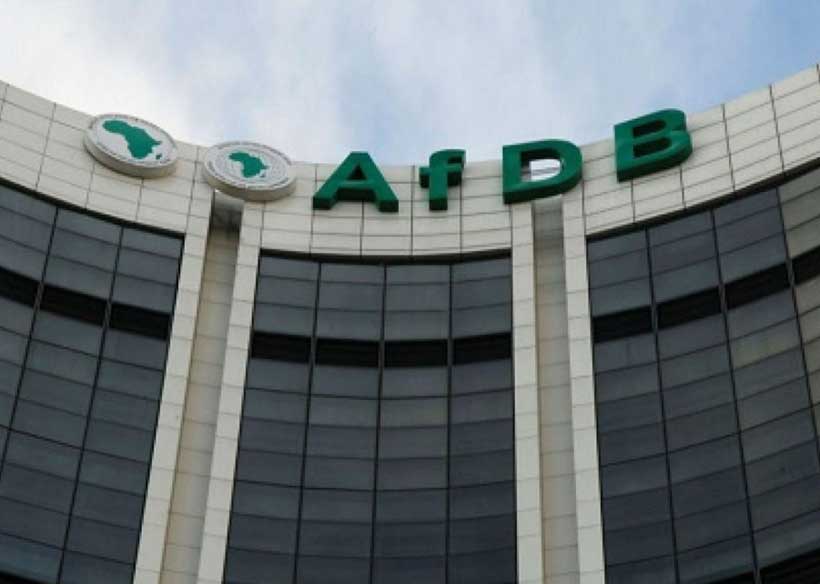Zim consumers face tough year as economy struggles
Zimbabwe’s consumer sector faces a potentially tough year as the overall economy struggles mainly because of a challenging environment on the domestic market and global headwinds.
The projected national GDP growth for 2024 has been weighed down by the anticipated impact of the El Nino phenomenon on the agricultural sector.
Agricultural contribution to GDP is expected to decrease to a four-year low of 11,6 percent, with an anticipated decline of 4,9 percent in the sector.
The African Development Bank (AFDB) has also lowered its growth forecast for Zimbabwe in 2024, citing below-average agricultural output due to El Niño, predicting a GDP growth of 2 percent, down 1,6 percentage points from their previous estimate.
Apart from the agriculture sector, falling international commodity prices will also go into dampening growth prospects for the resource-intensive country.
According to monetary authorities, growth for 2024 is primed at 3,5 percent, making it the third consecutive year of economic slowdown.
“However, the attainment of this growth largely hinges on sustained exchange rate stability and fiscal discipline,” said IH Securities.
However, a bright spot emerges in the mining industry, particularly for gold. With 58 percent of mining workers involved in gold operations, and gold prices expected to remain high, this sector could provide some resilience for low-income earners.
This potential for a stronger gold sector comes alongside the country’s roughly US$2 billion annual remittance inflow, which also injects liquidity into the bottom of the economic pyramid.
Positive signs also emerged from the ZimStat 2024 First Quarter Labour Force Survey. Results from the survey show the country’s employed population grew slightly, with a net increase of 110,000 compared to December 2023.
This growth was driven by the formal sector, which added nearly 80,000 jobs, while the non-agricultural informal sector shed jobs. Such developments are expected to create small wins for disposable incomes.
Despite the increase in formal employment, the national unemployment rate remains high. Using the standard definition, unemployment sits at 20,5 percent, though a broader definition pushes that number closer to 39 percent.
The survey also revealed the distribution of employment across sectors. The wholesale and retail trade, along with motor vehicle and motorcycle sales and repair, employ the largest share of the working population (23,9 percent).
Agriculture comes in second at 22,9 percent, followed by the informal non-agricultural sector at 41,3 percent and household employment at 5,7 percent.
According to IH Securities, another concerning trend is the rise of working poverty. Defined as living on less than US$2,15 per day (adjusted for purchasing power), working poverty reached 35,35 percent by the end of 2023, up from 20,17 percent in 2013. However, this remains below the average for low-income Sub-Saharan African countries.
Zimbabwe also continues to grapple with low wages. A significant portion of the workforce 34 percent earns less than US$90 per month, with the median income falling between US$272 and US$362.
A recent positive development is the increase in the USD portion of civil servant salaries, which has risen from a US$75 COVID-19 allowance in 2020 to US$300 currently. This allowance is now considered pensionable, offering some security for government employees.
The challenges are not unique to Zimbabwe alone but prevalent across most parts of the region.
“Unemployment rates in the region continue to surpass the world average of 5,1 percent as growth in the region flounders. The region is also grappling with a severe energy crisis spurred by growing demand, poorly maintained infrastructure, and slow shifts to renewable energy sources.
“The outlook seems bleak, given the high debt burden, low agricultural output, decreased productivity and currency instability. These factors will culminate in depressed earnings across the markets and reduced consumer spending,” said IH Securities.-ebusinessweekly










